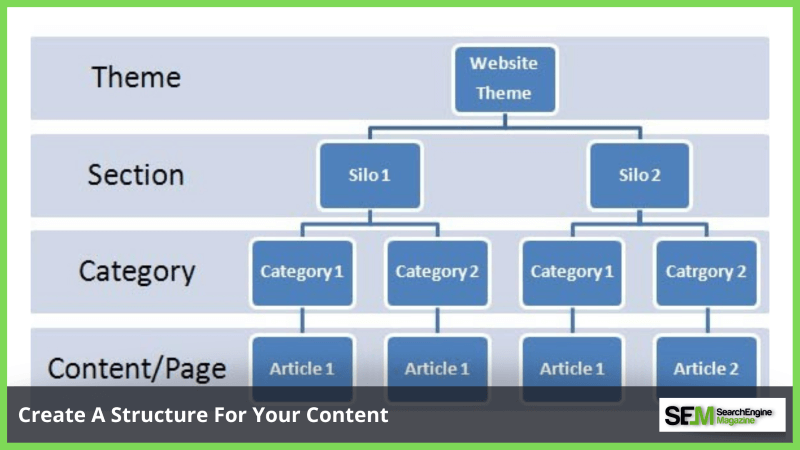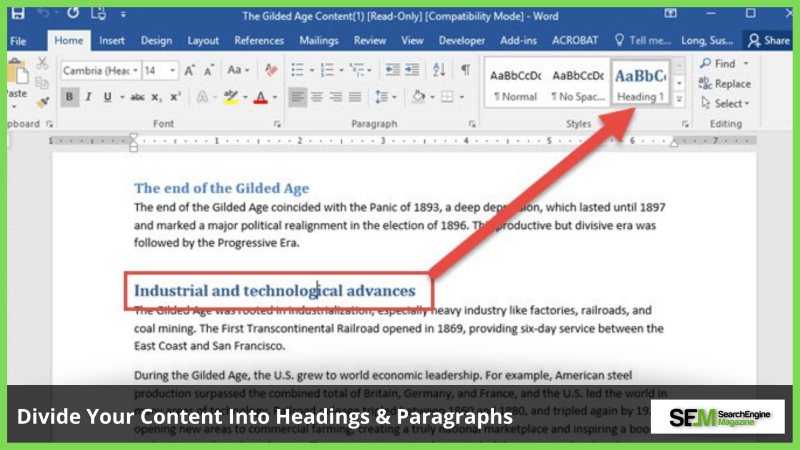Real Estate Link Building That Actually Works: Earn Local Authority, Rankings, and Better Leads Without Spam
Dec 10, 2025

Dec 10, 2025

Dec 10, 2025

Dec 09, 2025

Dec 09, 2025

Dec 05, 2025

Dec 05, 2025

Dec 04, 2025

Dec 04, 2025
Sorry, but nothing matched your search "". Please try again with some different keywords.


A decade back, all you needed to rank on Google was to optimize your content for the search engines and users alone.
But in 2025, the dynamics of search engines have morphed with AI models. Now, your content needs to be optimized for the AI models as well.
In addition to this, Google’s search engine has incorporated AI algorithms and NLP to understand the context of your content. So, it can provide relevant and accurate answers based on the user intent search query.
Naturally, only optimizing your content with traditional SEO principles won’t help it to rank.
That is, your content needs to be optimized with the GEO (Generative Engine Optimization) practices to rank on AI Overviews. Increasing your visibility.
But the question remains — “How to optimize content for AI Overviews?” Well, just grab a seat.
Today, I have brought you a complete guide on how you can create SEO-optimized content with GEO practices to get featured on Google’s AI Overviews.
Stay tuned!
Before you delve into how to write SEO-optimized content and rank on an AI overview, you need to have a clear understanding of what an optimized text looks like.
In simple words, SEO-optimized content refers to the content that is easily understood by both search engines and human users. So, making it informative content that ranks on the SERPs.
For instance, an optimized text will have the following things:
By keeping these few things within your content, you can easily make your article optimized for both the human audience and the search engines.
In addition to this, if you incorporate related terms, questions, and synonyms, your content becomes more semantic in nature. And, increases the chance of ranking on the AI Overview.
Only making your content SEO optimized won’t get you the visibility you are looking for.
With AI in the scene, your content needs to be more contextually informative and structured to rank on an AI overview.
So, here’s how you can improve the quality of your content with AI ranking.
First things first, your page should conform to a complete coverage of a specific topic or context.
Previously, you could write only focusing on the keyword, but now you need to ensure that the topic and keywords are all interrelated.
For instance, if your keyword is “SEO Practices”, you need to cover the entire concept. Starting from its related ideas, to relevant queries around it, you need to incorporate them in your content.
So, with this keyword, your content should have sections like:
So, by keeping these sections, your content becomes enriched with related information. Making it a holistic writing for the semantic search.
To rank in AI Overviews, you need to properly highlight what your content and page are about to the AI models. That is, you need to adjust the HTML code with the structured data, specifying what your page is about.
So, based on the understanding of the models, your content will perform better and enhance your online visibility.
For instance, when you use schema markup to structure your Ecommerce website, Google understands the kind of products you are selling.
So, whenever there is a search for a product related to your store, it will show your page with the product link right at the top of the page.
AI models always consider credible and authentic websites to generate AI answer snippets.
So, when you use your niche-oriented backlinks, you enhance the credibility and authority of your page. Making it optimized for the AI models.
Take, for example, you are writing content for a financial page. So, when you give statistical data and use the source as your backlinks, you make your information reliable and trustworthy.
That is, your page becomes more credible and reliable. Naturally, Google reads through your content and uses it for AI Overviews.
Read More: 11 Advanced Link Building Strategies To Get More Backlinks And Rank Higher In 2024
One of the basic aspects of optimizing your page for AI is that it needs to be user-intent informational content. That is, the content should directly address the user’s intent with the search query.
With these comprehensive and direct answers to the user queries, you can easily satisfy the users. So, driving more audience engagement with your site.
For instance, when you are writing about Lovo AI, you need to cover all the aspects of the tool. So, your content will be covering the user’s intent through:
So, by covering these aspects, you provide direct answers to the user’s queries. Naturally, your content becomes user-intent focused. And, ranks on Google’s AI overview.

If you want to write content that is SEO-optimized, you need to follow these practices.

Although SEO is heading in the direction of encouraging users to develop thoughtful content, keywords will always be significant.
Finding the main keywords will help you dominate search results and satisfy the queries of the user with quality-rich content.
Check these when choosing your target keywords:

A good framework is necessary for creating readable and SEO-friendly content.
It requires that every blog has an introduction (where you establish your topic), a body (where you write the major message), and a conclusion (where you summarize the main ideas or draw a conclusion).
First, write everything you need to write in those three areas in a bunch of sentences.
After you’ve finished writing your post’s summary, you’ll have to write the actual blog. This will assist in writing understandable and well-structured blog content.

Everyone loves using paragraphs, even though not everyone uses them effectively. While it may look great, don’t begin each sentence fragment on a new line.
Moreover, don’t make the paragraphs too long, and keep the focus of each paragraph unique.
Identify what the main idea of a paragraph is and summarize it in a single sentence. In case it takes you more than one sentence to summarize a paragraph, divide it into two.
With proper titles, your readers can comprehend what a particular part of your blog is about.
Moreover, use subheadings to guide people through your content; subheadings make it easier for people to scan the page and understand how your content is organized.
They’re essential for readability and good SEO. Therefore, we recommend adding your keywords to some subheadings.
However, not in each one of them, as that may make the blog post look unnatural. This can hinder people from wanting to read.

Readers can look at your writing better and understand the relationship between paragraphs easily if you use transition words.
As an example, consider that there are three reasons why prospects should buy a product.
You need to use signal phrases to move your readers through your content. Words like “firstly,” “secondly,” and “lastly” are great signal words to use.
In addition to this, words like ‘similarly,’ ‘however,’ etc., send a clear message to your viewers.
Using words like ‘summarizing’ or ‘in brief’ tells readers that there is a conclusion. Therefore, transition words give structure to your content.

Titles have a significant impact on SEO as well as user-friendliness.
Readers will be able to identify what your blog article is about and what they will gain from reading it if you use comprehensive and catchy titles.
To improve your chances of performing better, use these simple SEO methods to optimize your titles:

Keep your blog posts at least 300 words long; however, you must keep the content balanced.
Google prefers long articles, but keeping them too long may bore your audience.
Only write long articles when you have command and skill on the topic because a lengthy post is expected a lot from your audience.
Therefore, it must give them insightful details about the topic.

If you’ve written on similar topics before, make sure to link them. This will demonstrate your authority in the industry and boost your new and previous posts.
Moreover, your click-through rates will increase, as well as the time an individual spends on your website.
In addition to this, Google prefers websites that are well-structured. Therefore, your chances of ranking higher can increase if you link web pages together.
In this article, we have discussed methods to make your content SEO friendly.
Tips include conducting keyword research, structuring the article, using headings and paragraphs, using transition words, optimizing the length, as well as linking to existing blog posts.
We hope this guide helps you in writing SEO-friendly content that ranks well on search engines!
Barsha is a seasoned digital marketing writer with a focus on SEO, content marketing, and conversion-driven copy. With 7 years of experience in crafting high-performing content for startups, agencies, and established brands, Barsha brings strategic insight and storytelling together to drive online growth. When not writing, Barsha spends time obsessing over conspiracy theories, the latest Google algorithm changes, and content trends.
View all Posts
Real Estate Link Building That Actually Works...
Dec 10, 2025
Why Health-Conscious Consumers Choose Blockch...
Dec 10, 2025
How To Buy Xupikobzo987Model? Decoding The Mo...
Dec 09, 2025
Workplace Management EWMagWork: Is This Smar...
Dec 09, 2025
Social Media Stuff EmbedTree: Is This Digita...
Dec 05, 2025

